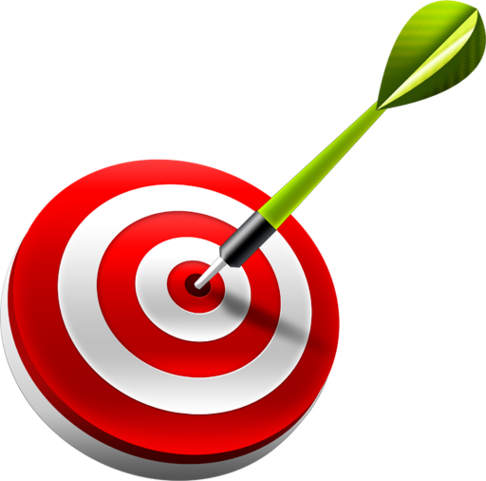In measurement technology and metrology, calibration is the comparison of measurement values delivered by a device under test with those of a calibration standard of known accuracy. Such a standard could be another measurement device of known accuracy, a device generating the quantity to be measured such as a voltage, a sound tone, or a physical artifact, such as a meter ruler. The outcome of the comparison can result in one of the following: no significant error being noted on the device under test a significant error being noted but no adjustment made an adjustment made to correct the error to an acceptable level Strictly speaking, the term "calibration" means just the act of comparison and does not include any subsequent adjustment. The calibration standard is normally traceable to a national or international standard held by a metrology body. BIPM Definition The formal definition of calibration by the International Bureau of Weights and Measures (BIPM) is the following: "Operation that, under specified conditions, in a first step, establishes a relation between the quantity values with measurement uncertainties provided by measurement standards and corresponding indications with associated measurement uncertainties (of the calibrated instrument or secondary standard) and, in a second step, uses this information to establish a relation for obtaining a measurement result from an indication."[1] This definition states that the calibration process is purely a comparison, but introduces the concept of measurement uncertainty in relating the accuracies of the device under test and the standard. Modern calibration processes The increasing need for known accuracy and uncertainty and the need to have consistent and comparable standards internationally has led to the establishment of national laboratories. In many countries a National Metrology Institute (NMI) will exist which will maintain primary standards of measurement (the main SI units plus a number of derived units) which will be used to provide traceability to customer's instruments by calibration. The NMI supports the metrological infrastructure in that country (and often others) by establishing an unbroken chain, from the top level of standards to an instrument used for measurement. Examples of National Metrology Institutes are NPL in the UK, NIST in the United States, PTB in Germany and many others. Since the Mutual Recognition Agreement was signed it is now straightforward to take traceability from any participating NMI and it is no longer necessary for a company to obtain traceability for measurements from the NMI of the country in which it is situated, such as the National Physical Laboratory in the UK. Quality of calibration To improve the quality of the calibration and have the results accepted by outside organizations it is desirable for the calibration and subsequent measurements to be "traceable" to the internationally defined measurement units. Establishing traceability is accomplished by a formal comparison to a standard which is directly or indirectly related to national standards (such as NIST in the USA), international standards, or certified reference materials. This may be done by national standards laboratories operated by the government or by private firms offering metrology services. Quality management systems call for an effective metrology system which includes formal, periodic, and documented calibration of all measuring instruments. ISO 9000[2] and ISO 17025[3] standards require that these traceable actions are to a high level and set out how they can be quantified. To communicate the quality of a calibration the calibration value is often accompanied by a traceable uncertainty statement to a stated confidence level. This is evaluated through careful uncertainty analysis. Some times a DFS (Departure From Spec) is required to operate machinery in a degraded state. Whenever this does happen, it must be in writing and authorized by a manager with the technical assistance of a calibration technician. Measuring devices and instruments are categorized according to the physical quantities they are designed to measure. These vary internationally, e.g., NIST 150-2G in the U.S.[4] and NABL-141 in India.[5] Together, these standards cover instruments that measure various physical quantities such as electromagnetic radiation (RF probes), sound (sound level meter or noise dosimeter), time and frequency (intervalometer), ionizing radiation (Geiger counter), light (light meter), mechanical quantities (limit switch, pressure gauge, pressure switch), and, thermodynamic or thermal properties (thermometer, temperature controller). The standard instrument for each test device varies accordingly, e.g., a dead weight tester for pressure gauge calibration and a dry block temperature tester for temperature gauge calibration.



